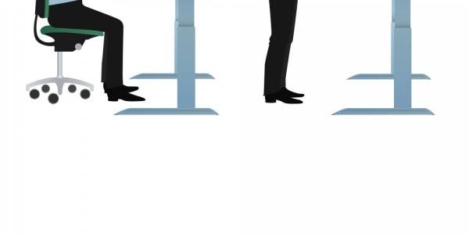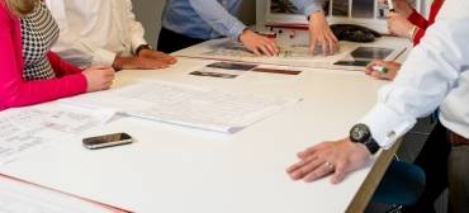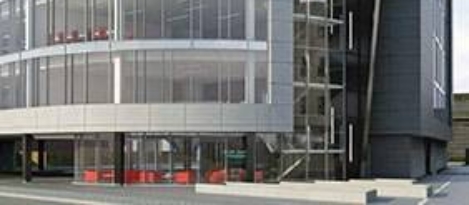April 28, 2015
Why it’s time for more companies to roll the dice for gamification 0
 As was reported recently, gamification remains practically unknown to many managers yet companies like Nike, Microsoft, Samsung and eBay are beginning to see it as a useful tool. Generally adopted by marketing and sales professionals, gamification can also influence behaviour, increase productivity and improve wellbeing. Gamification is all around us, even if we don’t always notice it. It’s used in sales competitions, frequent flyer programmes and marketing initiatives. So what is gamification? In short it’s the concept of applying game mechanics and game design techniques in order to engage and motivate people to achieve their goals. It’s about turning something potentially mundane into a game – similar to many ingenious mothers who might turn cleaning a room or washing dishes into a game for their children.
As was reported recently, gamification remains practically unknown to many managers yet companies like Nike, Microsoft, Samsung and eBay are beginning to see it as a useful tool. Generally adopted by marketing and sales professionals, gamification can also influence behaviour, increase productivity and improve wellbeing. Gamification is all around us, even if we don’t always notice it. It’s used in sales competitions, frequent flyer programmes and marketing initiatives. So what is gamification? In short it’s the concept of applying game mechanics and game design techniques in order to engage and motivate people to achieve their goals. It’s about turning something potentially mundane into a game – similar to many ingenious mothers who might turn cleaning a room or washing dishes into a game for their children.































April 30, 2015
Three workplace issues that could help to shape the general election 0
by Mark Eltringham • Comment, Flexible working, Legal news, Technology
(more…)